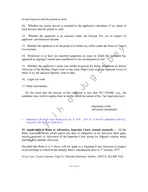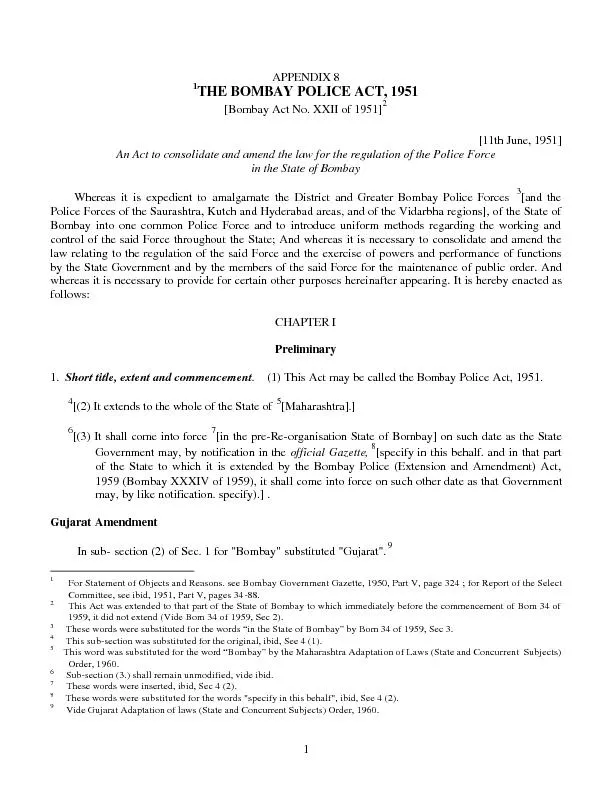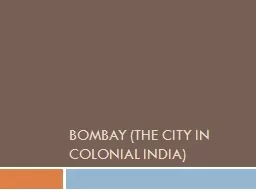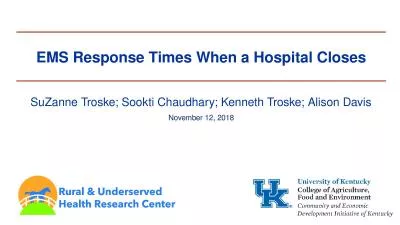PDF-Bombay Hospital Journal Vol 50 No 3 2008339n the present times 80
Author : joyce | Published Date : 2022-08-24
340Bombay Hospital Journal Vol 50 No 3 20083Gardner146s syndrome Like FAP thishereditary condition results in polyps andcolon cancer that develops at a youngage
Presentation Embed Code
Download Presentation
Download Presentation The PPT/PDF document "Bombay Hospital Journal Vol 50 No 3 2008..." is the property of its rightful owner. Permission is granted to download and print the materials on this website for personal, non-commercial use only, and to display it on your personal computer provided you do not modify the materials and that you retain all copyright notices contained in the materials. By downloading content from our website, you accept the terms of this agreement.
Bombay Hospital Journal Vol 50 No 3 2008339n the present times 80: Transcript
Download Rules Of Document
"Bombay Hospital Journal Vol 50 No 3 2008339n the present times 80"The content belongs to its owner. You may download and print it for personal use, without modification, and keep all copyright notices. By downloading, you agree to these terms.
Related Documents














